Table of Contents
Aboriginal art is a vibrant and integral part of Indigenous cultures in Australia. It encompasses a rich history and a diverse range of art traditions. For thousands of years, Aboriginal peoples have used art as a means of communication, storytelling, and cultural expression. It holds deep significance within Indigenous communities, serving as a powerful tool for preserving cultural heritage and fostering artistic creativity.
The history of Aboriginal art is incredibly extensive, with some artworks dating back tens of thousands of years. These artworks, such as rock paintings, bark paintings, and sand drawings, provide a visual record of Aboriginal history, spirituality, and connection to the land. They are a testament to the enduring cultural practices and artistic techniques that have been passed down through generations. Aboriginal art is deeply rooted in the Dreamtime. It is the spiritual realm where ancestral beings created the world and established the laws and traditions by which Indigenous peoples live.
Moreover, Aboriginal art plays a crucial role in fostering artistic expression and creativity within Indigenous cultures. It provides a platform for individual artists to explore their identities, histories, and contemporary experiences through various artistic mediums. Artists draw inspiration from their ancestral connections, the natural environment, and personal narratives to create artworks. Artworks are both visually stunning and emotionally resonant.
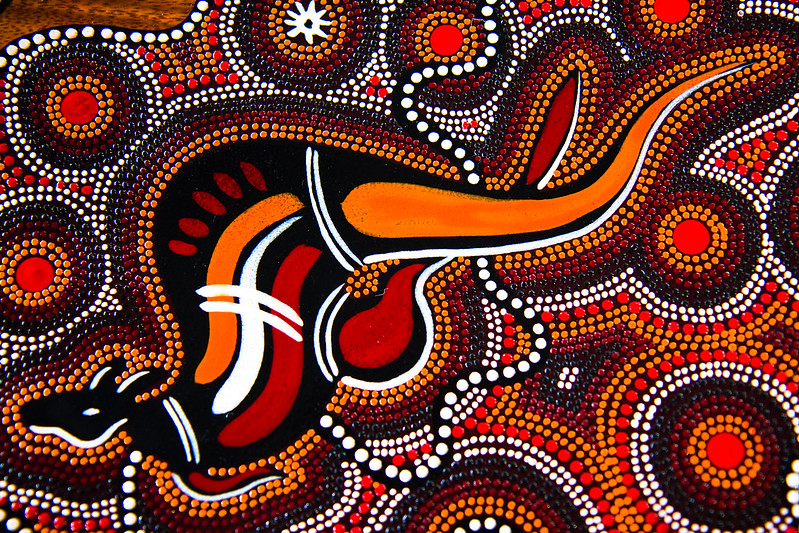
Traditional Aboriginal Forms
Traditional Aboriginal art forms, such as rock paintings, bark paintings, and sand drawings, have been fundamental to the cultural and spiritual traditions of Aboriginal peoples for thousands of years. Rock paintings are often found in caves and rock shelters. They depict various aspects of Aboriginal life, including Dreamtime stories, ancestral figures, animals, and ceremonial rituals. These artworks serve as a visual representation of spiritual and cultural beliefs, connecting the present with the ancestral past. They are not just static images but serve as a living record of Aboriginal history, customs, and connections to the land.
Bark paintings, on the other hand, are created by painting on strips of tree bark. They are highly detailed and intricate, showcasing the artistic skills of Aboriginal artists. Bark paintings often depict stories, myths, and symbols related to ancestral beings, hunting practices, and important ceremonies. The bark itself holds significance as a sacred material used in various rituals and cultural practices. These paintings are characterized by bold colors, intricate patterns, and sophisticated use of symbols.
Sand drawings, another traditional Aboriginal art form, involve creating intricate and temporary designs using colored sand on the ground. These drawings are often made during ceremonies and storytelling events, using different colors to represent various aspects of the story or spiritual beings. Sand drawings are a unique and ephemeral art form, emphasizing the transient nature of cultural knowledge and the importance of oral traditions.
Aboriginal artists known for their traditional art practices
- Emily Kame Kngwarreye (Anmatyerre artist known for vibrant abstract depictions of Dreamtime stories)
- Clifford Possum Tjapaltjarri (Central Desert artist known for intricate dot paintings of ancestral narratives)
- Johnny Warangkula Tjupurrula (Pintupi artist known for bold and dynamic designs depicting stories and ceremonies)
- Rover Thomas (Kimberley artist renowned for his powerful and evocative depictions of Indigenous cultural narratives)
- Minnie Pwerle (Eastern Arrernte artist known for her bold and energetic dot paintings inspired by Dreamtime stories and women’s ceremonies)
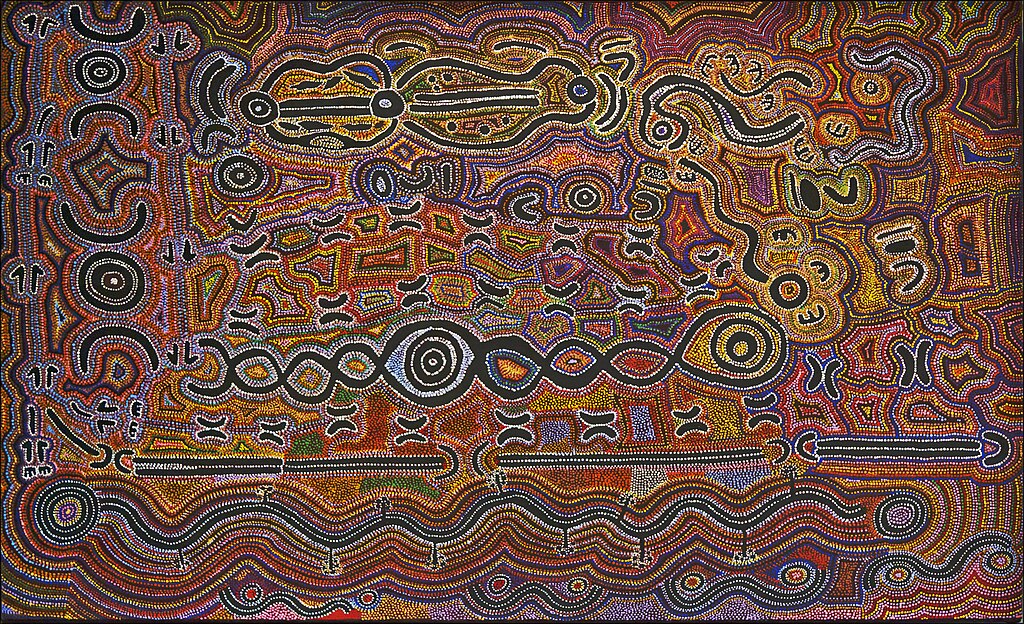
Contemporary Aboriginal Movements
The emergence of contemporary Aboriginal art movements has brought forth a new wave of creativity and cultural reclamation, making a significant impact on the global art world. Contemporary Aboriginal artists have skillfully blended traditional techniques and themes with modern artistic expressions, creating artworks that bridge the past and the present. By incorporating ancestral narratives, symbols, and artistic practices, these artists assert their cultural identity and challenge conventional artistic boundaries. Notable contemporary Aboriginal artists who have made profound contributions to the art scene include Sally Gabori, Tony Albert, Reko Rennie, Brook Andrew, Tracey Moffatt, Danie Mellor, and Emily McDaniel. Their diverse and thought-provoking works tackle issues of identity, history, and social justice, inviting viewers to engage with the complexities of Aboriginal experiences and perspectives.
Symbolism and Meaning in Aboriginal Art
Aboriginal art is rich in symbolism and meaning. It utilizes a diverse range of symbols, patterns, and colors to convey stories, traditions, and deep connections to the land. Symbols in Aboriginal art are often derived from Dreamtime narratives and hold significant cultural significance. They represent spiritual beings, ancestral figures, animals, plants, and natural elements, each carrying their own layers of meaning. Patterns and designs, such as dots, lines, circles, and geometric shapes, are meticulously incorporated into artworks. They reflect the artist’s ancestral ties, sacred sites, and cultural identity.
Colors play a vital role as well, with each hue carrying its own symbolic significance. Red represents the earth and ochre pigments, while yellow signifies the sun, and blue symbolizes water and sky. Together, these artistic elements form a visual language that allows Aboriginal artists to communicate their stories, traditions, and connections to the land. They create a profound and multifaceted artistic expression.
Common symbols and their interpretations in Aboriginal art include:
- Kangaroo Tracks: Symbolizes the presence and movement of kangaroos, often associated with hunting and survival.
- Waterholes: Represent a vital water source, symbolizing life, sustenance, and the importance of water in the arid landscape.
- Bush Tucker: Depicts various edible plants, fruits, and animals, conveying the significance of traditional food sources and sustenance.
- Rainbow Serpent: A powerful ancestral that means creation, fertility, and the replenishment of water sources.
- Dots: Symbolize ancestral footprints, sacred sites, and the connection between the physical and spiritual realms.
- Crosshatching: Represents the interweaving of stories, kinship ties, and cultural knowledge within Indigenous communities.
- Wavy Lines: Symbolize watercourses, rivers, and the flow of water, emphasizing the significance of water in Aboriginal life.
- Handprints: Signify the presence of an individual or a collective group, symbolizing their connection to a specific place or event.
- Animal Tracks: Depict the movement of animals, highlighting their significance in Aboriginal culture and the interconnectedness of all living beings.
- Circles: Symbolize meeting places, sacred sites, and community gatherings, representing the unity and interconnectedness of people and cultures.
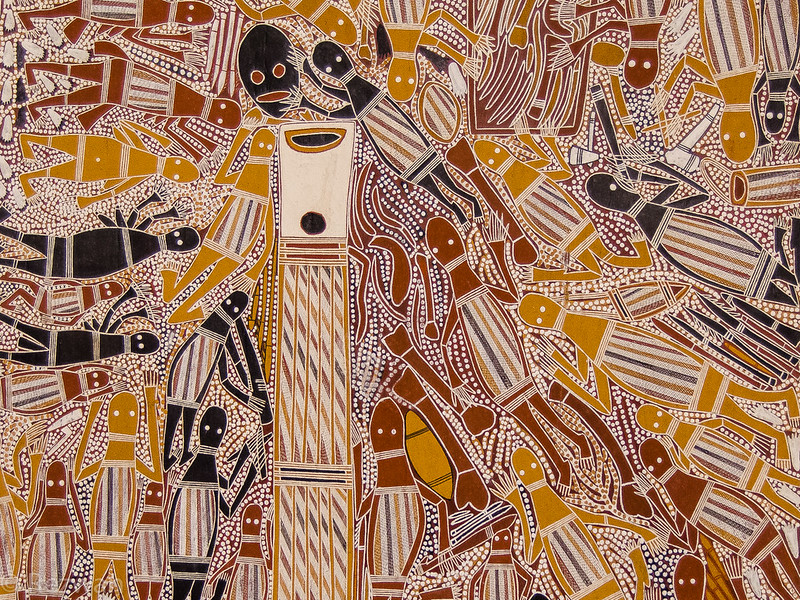
Aboriginal Art Galleries and Exhibitions
Galleries specializing in Aboriginal art play a vital role in promoting and supporting Aboriginal artists, contributing to the recognition, preservation, and marketability of their artworks. These galleries provide platforms for Indigenous artists to showcase their talent, cultural knowledge, and artistic expressions to a wider audience. By featuring Aboriginal art prominently, these galleries create awareness and appreciation for the rich cultural heritage and diversity of Indigenous peoples. They serve as cultural hubs that foster dialogue, understanding, and cross-cultural exchange, breaking down stereotypes and promoting a deeper appreciation for Aboriginal art. Additionally, these galleries offer professional support and guidance to artists, assisting with marketing, sales, and career development, thus enabling artists to sustain their practice and gain recognition in the art world.
Prominent Aboriginal art galleries and exhibition spaces:
- National Gallery of Australia (Canberra)
- Art Gallery of New South Wales (Sydney)
- Museum and Art Gallery of the Northern Territory (Darwin)
- Queensland Art Gallery and Gallery of Modern Art (Brisbane)
- Araluen Arts Centre (Alice Springs)
- Tandanya National Aboriginal Cultural Institute (Adelaide)
- National Gallery of Victoria (Melbourne)
- Kluge-Ruhe Aboriginal Art Collection (Charlottesville, USA)
- The Torch (Melbourne)
- Gallery Gabrielle Pizzi (Melbourne)
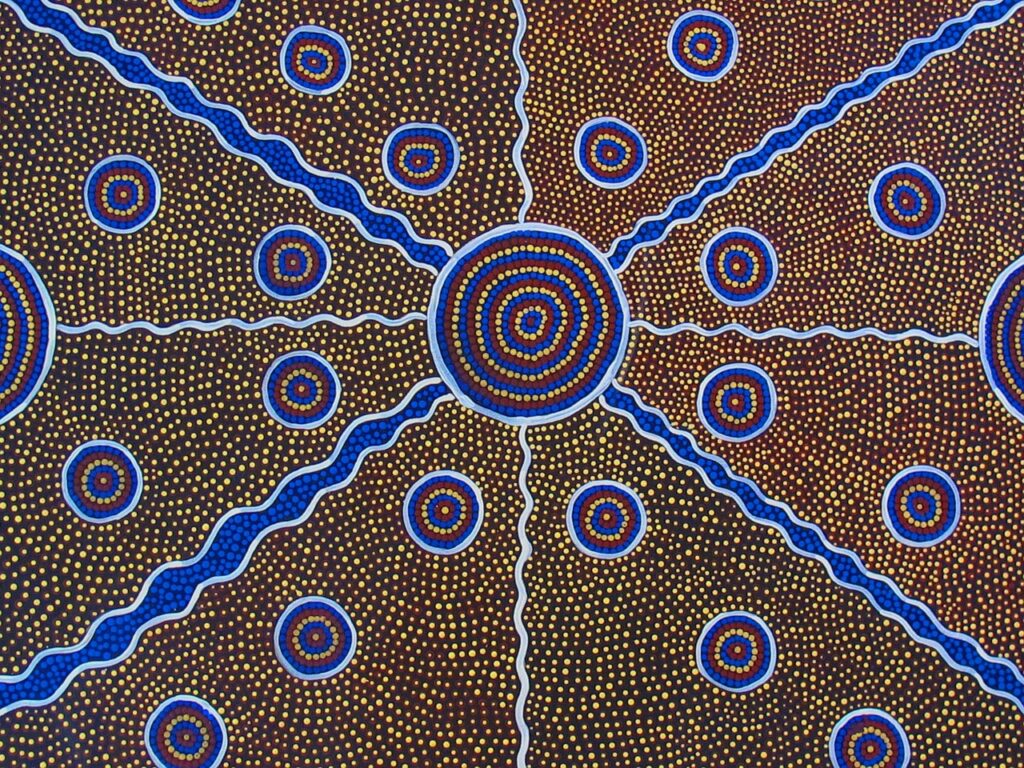
Cultural Appropriation
Cultural appropriation is a significant concern when it comes to Aboriginal art, as it involves the unauthorized borrowing or misrepresentation of Indigenous cultural elements. It is crucial to recognize and address this issue in order to respect Indigenous cultural rights and intellectual property. Aboriginal art is deeply rooted in spiritual beliefs, cultural practices, and ancestral connections to the land. It holds immense significance for Indigenous communities and is a vital part of their identity and cultural heritage. Therefore, it is essential to approach Aboriginal art with respect, sensitivity, and a genuine desire to understand and appreciate its cultural context.
To appreciate and support Aboriginal art ethically, here are some recommendations:
- Educate yourself: Take the time to learn about the cultural significance, history, and stories associated with Aboriginal art. Understand the diversity of Aboriginal cultures and art practices.
- Source art ethically: Purchase Aboriginal art directly from Indigenous artists or reputable galleries that have established relationships with the artists and ensure fair compensation.
- Respect copyright and intellectual property: Seek permission from artists or their communities before using or reproducing Aboriginal art. Respect the rights of artists and protect their cultural and intellectual property.
- Promote Indigenous voices: Amplify the voices and perspectives of Indigenous artists, scholars, and communities. Support initiatives that empower and provide opportunities for Indigenous artists to showcase their work.
- Cultivate cross-cultural understanding: Engage in respectful dialogues and collaborations that foster mutual understanding and appreciation of Aboriginal art and culture.
- Reject stereotypes and cultural misappropriation: Avoid using Indigenous cultural symbols, practices, or artworks out of context or for personal gain. Respect and acknowledge the cultural origins and meanings behind these art forms.
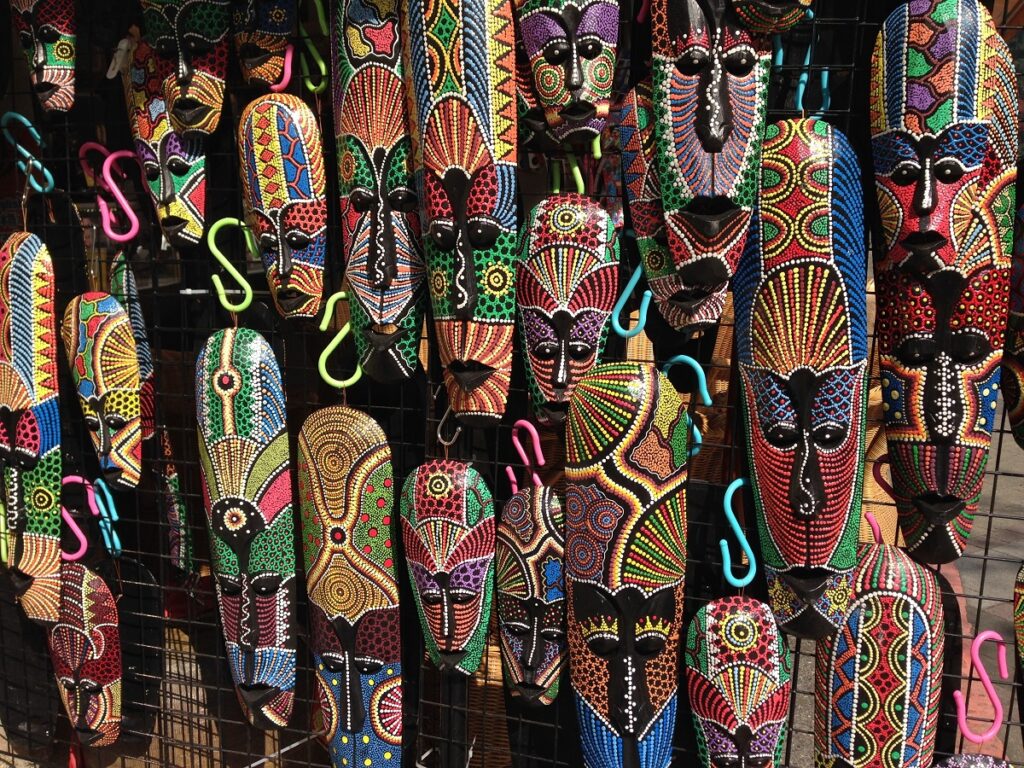
Learn more about Aborigins and Aboriginal Art
- “The Art of Aboriginal Australia” by Wally Caruana: This comprehensive book explores the rich and diverse world of Aboriginal art, covering its history, cultural significance, and contemporary expressions.
- “Songlines: Tracking the Seven Sisters” edited by Margo Neale: This book delves into the Seven Sisters Dreaming, a significant creation story of the Indigenous people of Central Australia, and showcases the artwork inspired by this narrative.
- “Papunya: A Place Made After the Story: The Beginnings of the Western Desert Painting Movement” by Geoffrey Bardon: This book documents the origins of the Western Desert art movement, tracing the development of Aboriginal art in the Papunya community.
- “Aboriginal Art” by Howard Morphy: Providing an overview of Aboriginal art, this book explores its cultural context, different regional styles, and the artists behind these works.
- “Ngangkari: Healing Practices of Aboriginal Australia” by Dr. Lorraine Muller: This book explores the traditional healing practices of the Ngangkari, the Aboriginal healers of Central Australia, providing insights into their knowledge, rituals, and cultural significance.
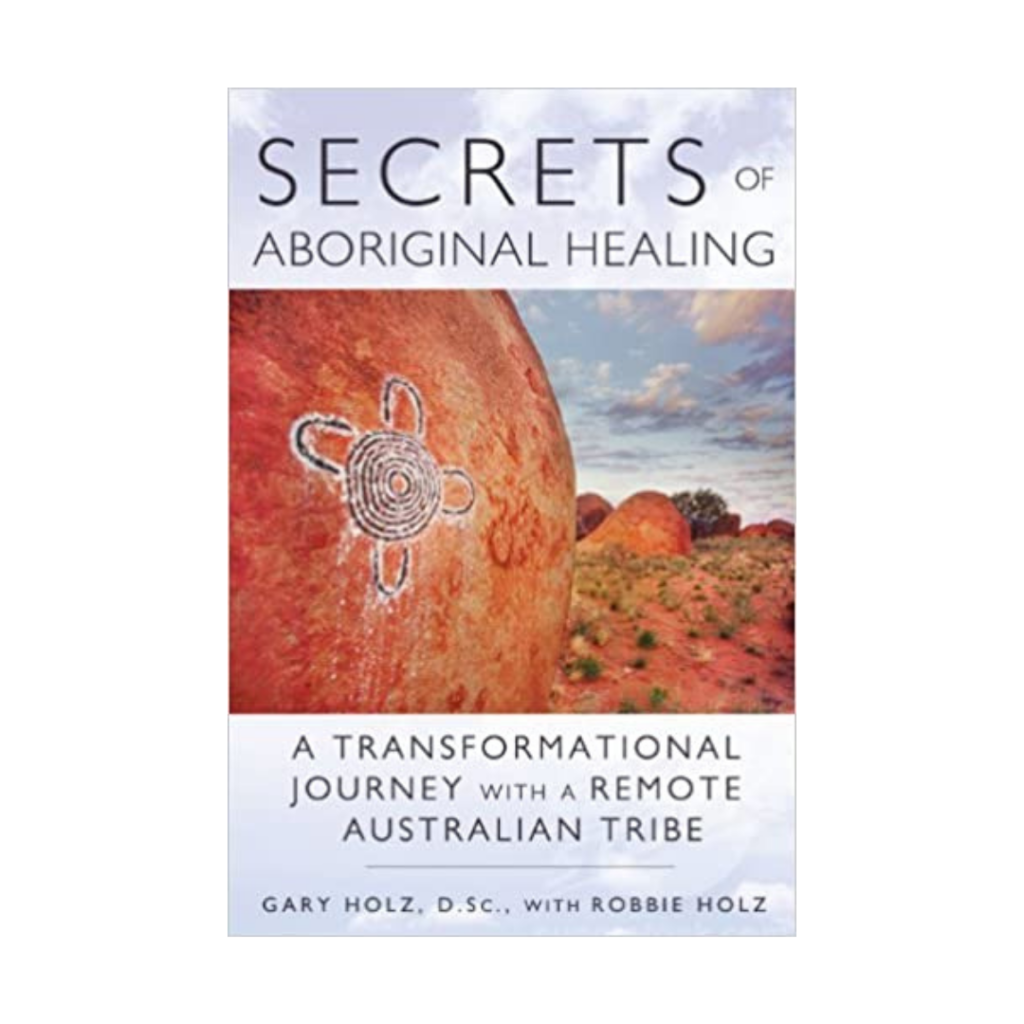
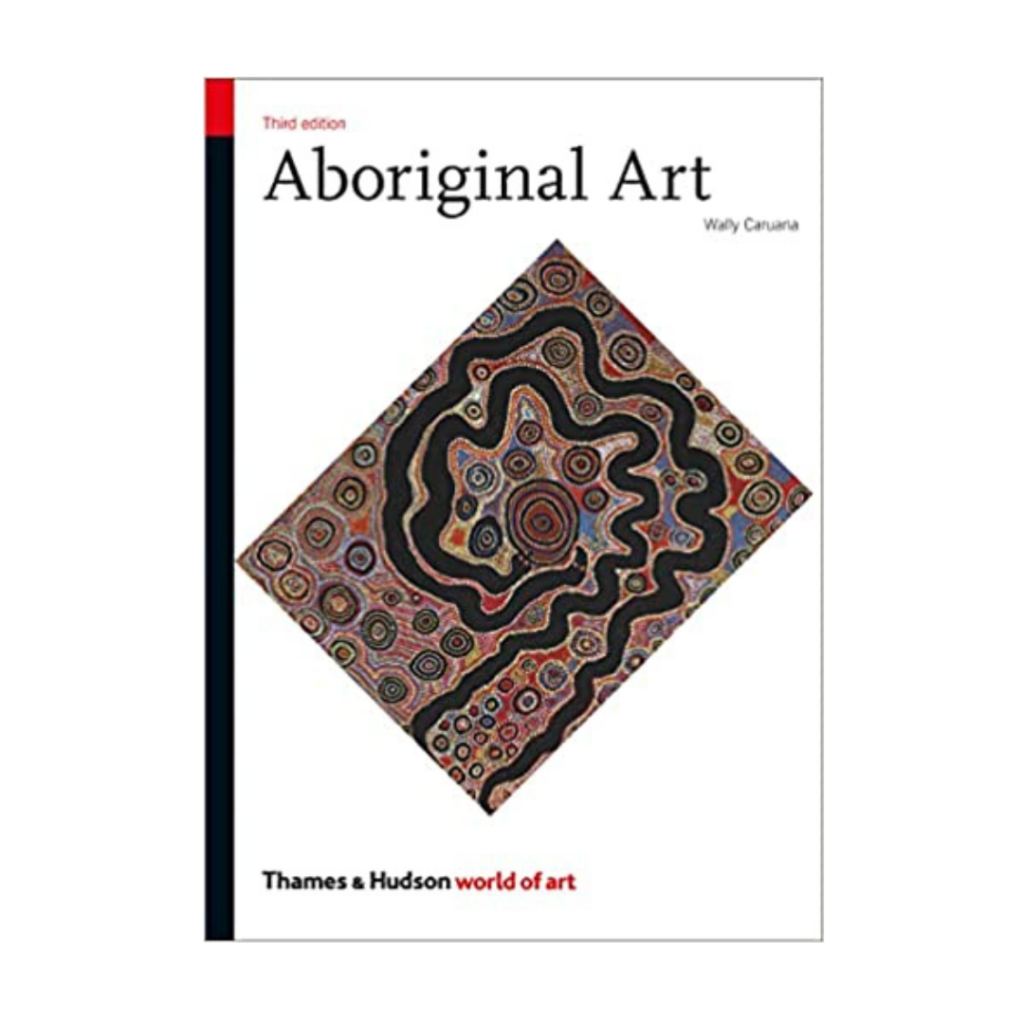
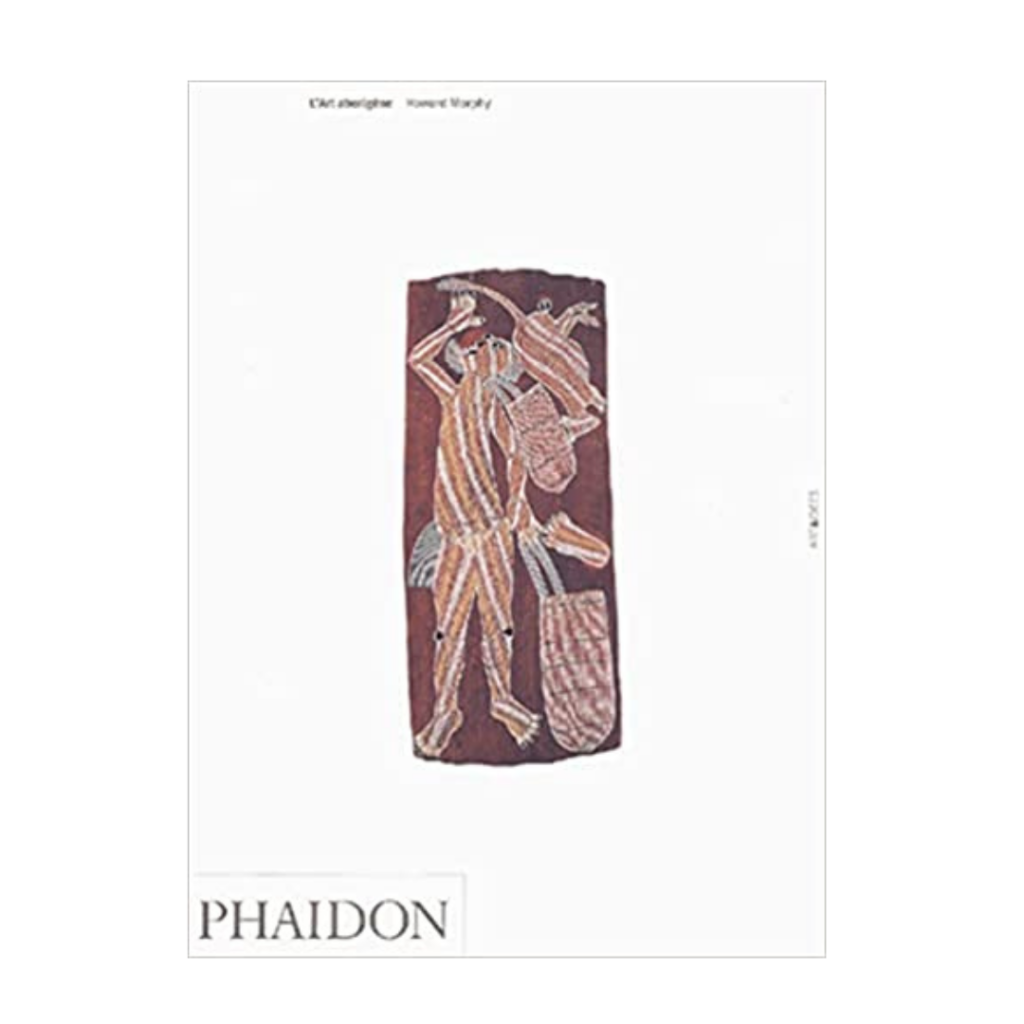
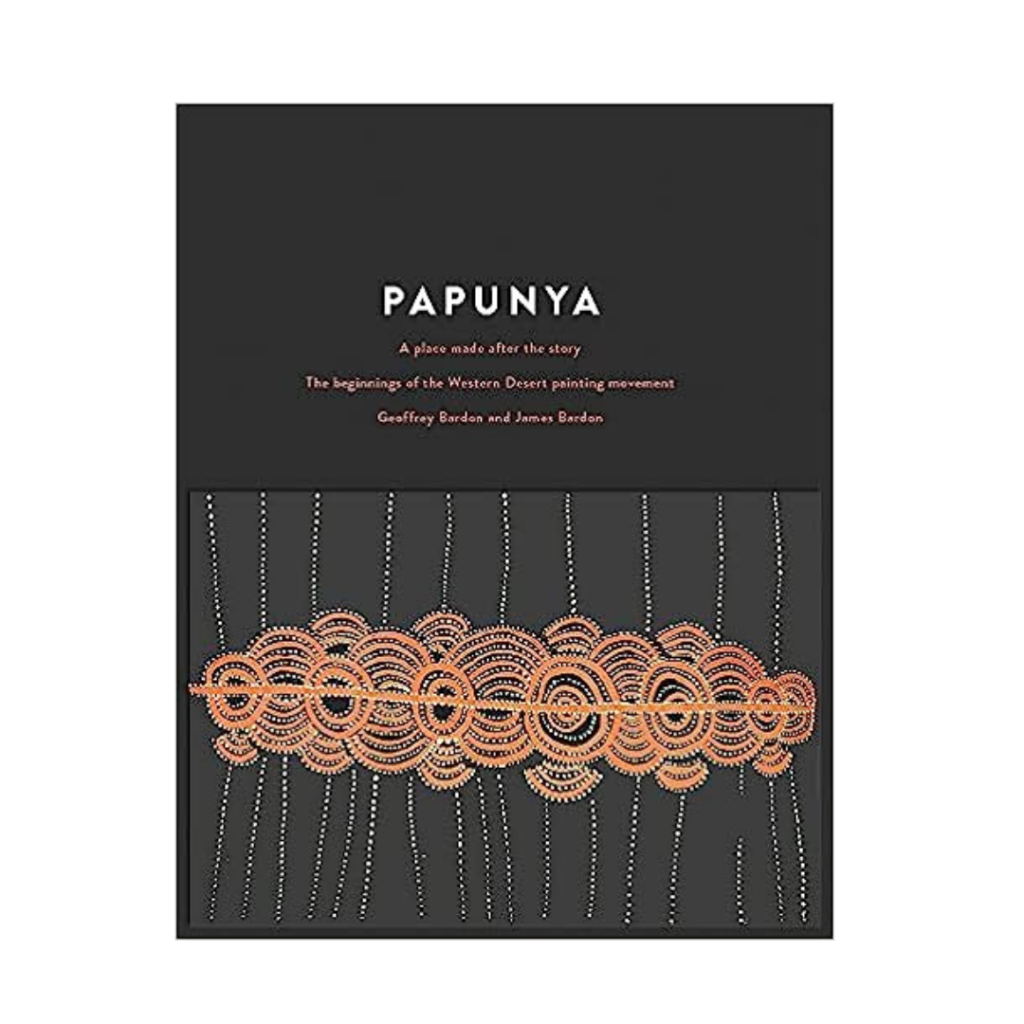
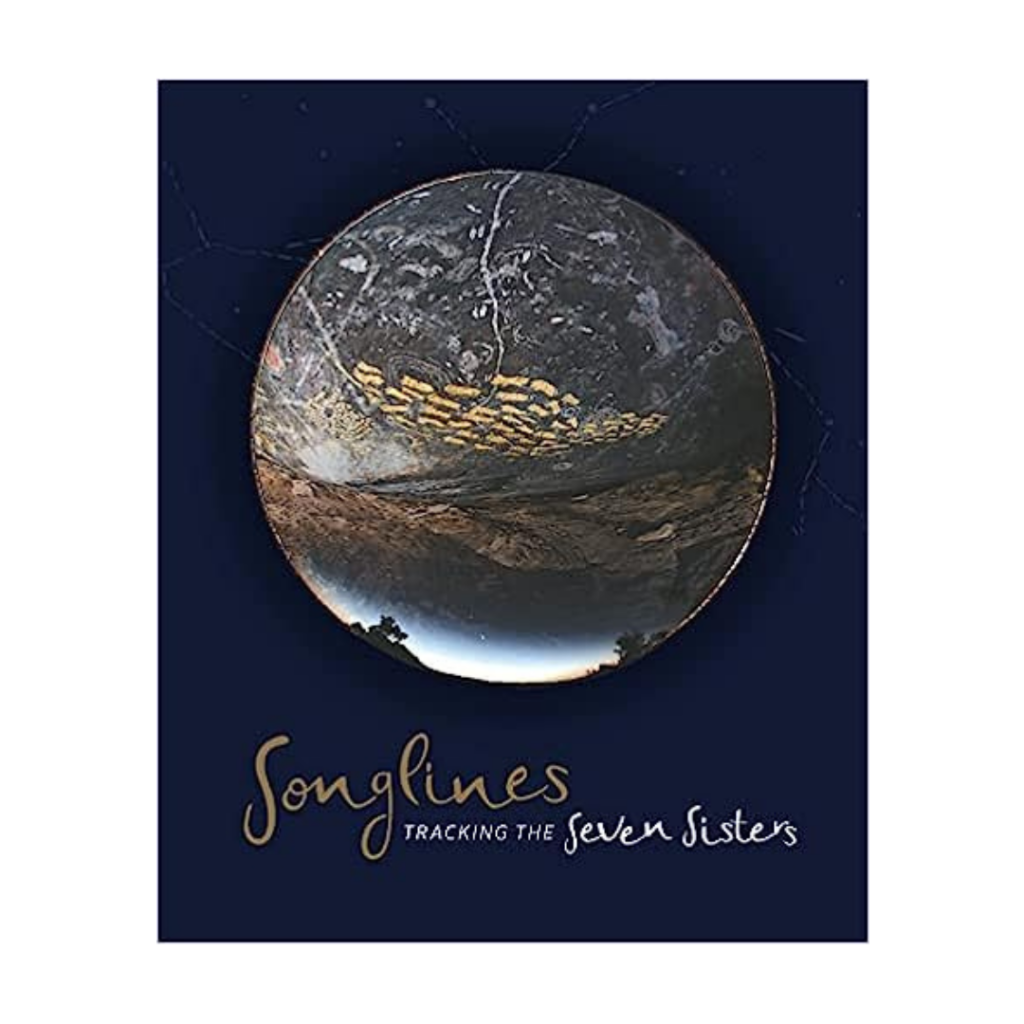
Discover the vibrant world of Aboriginal art and support Indigenous artists today.
Aboriginal art is a powerful and resilient force that carries deep cultural significance and artistic excellence. From traditional forms to contemporary expressions, Aboriginal artists continue to captivate audiences with their storytelling, symbolism, and connection to the land. The rich history and diverse art traditions of Aboriginal peoples in Australia serve as a testament to the enduring legacy of Indigenous cultures. Through the preservation of cultural heritage and the exploration of new artistic frontiers, Aboriginal art not only enriches the art world but also fosters cross-cultural understanding and appreciation. It is imperative that we approach Aboriginal art with respect, acknowledging the importance of Indigenous cultural rights and intellectual property. By supporting and engaging with Aboriginal art ethically, we can contribute to the continued vitality and recognition of this extraordinary artistic tradition, ensuring its lasting impact for generations to come.
